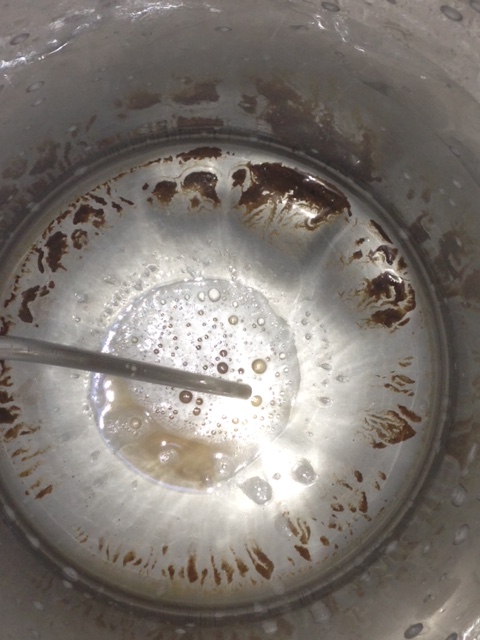ShareBrewing
Well-Known Member
- Joined
- Aug 23, 2016
- Messages
- 274
- Reaction score
- 110
Thanks for the advice! Since this is more of a traditional mixed fermentation sour, I got a couple more months til this will be ready to add the lime, tequila and such. Which means there's a lot of time to plan out how to perfect this brew. :mug
Guess I'll steer clear of the lime concentrate then. Seems like it'd just be easier to add the straight up juice and zest.
This is why I love this recipe... and margaritas! You can really try any approach to them. Go simple and easy or you can add virtually any fruit/flavor and it's still tasty. Not to sidetrack the topic, but this would be a great recipe to add fruit to, or in my instance honey. Could easily see this with jalapeños, strawberries, peaches, etc.
A brewery by me actually released a peach margarita sour. Heard it was pretty tasty!
Guess I'll steer clear of the lime concentrate then. Seems like it'd just be easier to add the straight up juice and zest.
This is why I love this recipe... and margaritas! You can really try any approach to them. Go simple and easy or you can add virtually any fruit/flavor and it's still tasty. Not to sidetrack the topic, but this would be a great recipe to add fruit to, or in my instance honey. Could easily see this with jalapeños, strawberries, peaches, etc.
A brewery by me actually released a peach margarita sour. Heard it was pretty tasty!
















































![Craft A Brew - Safale S-04 Dry Yeast - Fermentis - English Ale Dry Yeast - For English and American Ales and Hard Apple Ciders - Ingredients for Home Brewing - Beer Making Supplies - [1 Pack]](https://m.media-amazon.com/images/I/41fVGNh6JfL._SL500_.jpg)













